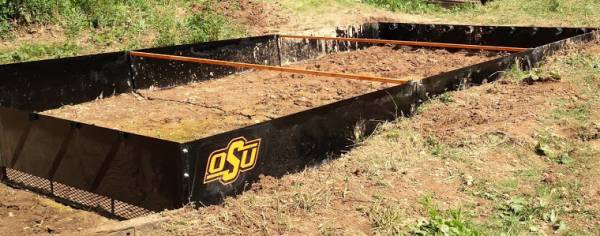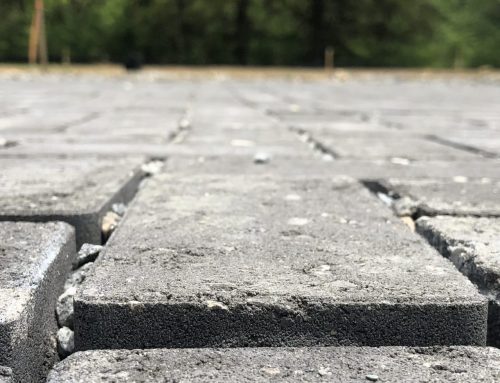Dr. Josh McGrath (University of Maryland) and I have started a blog on the step-by-step design and construction of a phosphorus removal structure, which is essentially a large landscape filter. The motivation for this technology is that phosphorus is typically the most limiting nutrient in surface waters, and therefore eutrophication.
Location of the blog: http://p-structure.blogspot.com
The purpose of that blog is to provide a case-study example of designing and constructing a phosphorus (P) removal structure, step by step. A P removal structure is intended to filter dissolved P (DP) from runoff using industrial by-products, before the runoff reaches a surface water body. Through this best management practice (BMP), the trapped P is retained in the structure, thus allowing P to be removed from the watershed at clean-out. The justification for construction of a P removal structure is 3-fold:
- Current BMPs are only slightly effective for reducing dissolved P losses
- Dissolved P transport is sustained for several years from high P soils even after all P applications have ceased.
- Dissolved P is 100% biologically available to aquatic life.
If you have questions, please contact me ( chad.penn@okstate.edu) and Dr. McGrath ( josh.smyrna@gmail.com). Also, there is a great need to commercialize this technology in order disseminate its use. Please contact us if you are interested in commercialization.
General information about P removal structures can be found at the following websites:
Slide show and video: Designing Structures to Remove Phosphorus from Drainage Waters
Extension publication: http://usgatero.msu.edu/v11/n02.pdf
Video: http://www.youtube.com/watch?v=KAIXmFEQY1k
 Dr. Penn joined the department of plant and soil science at Oklahoma State University in 2005. His current research is focused on (i) water quality, (ii) the re-use of industrial by-products in agriculture and for environmental protection, (iii) nutrient and animal waste management, (iv) transport of phosphorus to surface waters, and (v) thermodynamics of sorption and other soil chemical processes via isothermal titration calorimetry. Dr. Penn’s appointment is 35% teaching and 65% research. He teaches undergraduate level soil and environmental chemistry every spring semester and graduate level soil chemistry courses every fall semester.
Dr. Penn joined the department of plant and soil science at Oklahoma State University in 2005. His current research is focused on (i) water quality, (ii) the re-use of industrial by-products in agriculture and for environmental protection, (iii) nutrient and animal waste management, (iv) transport of phosphorus to surface waters, and (v) thermodynamics of sorption and other soil chemical processes via isothermal titration calorimetry. Dr. Penn’s appointment is 35% teaching and 65% research. He teaches undergraduate level soil and environmental chemistry every spring semester and graduate level soil chemistry courses every fall semester.






